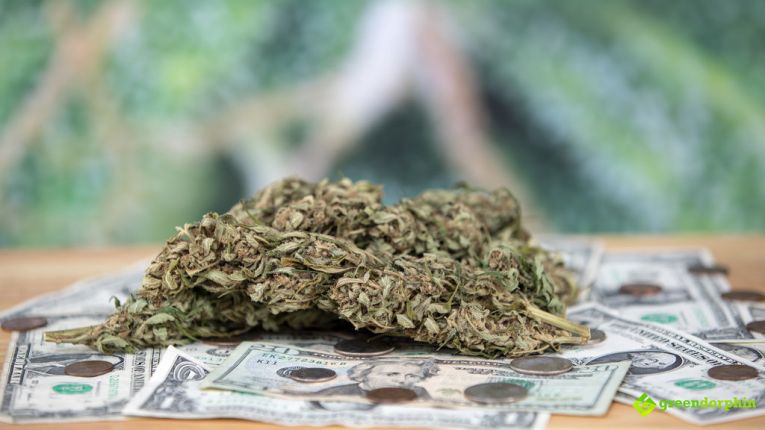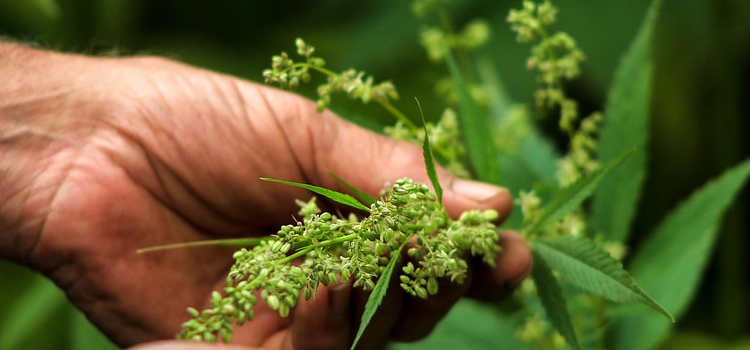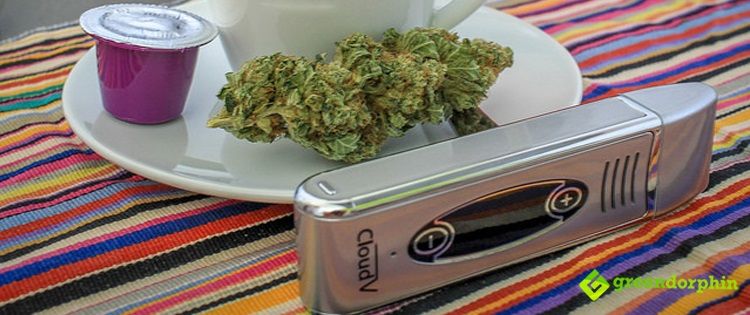As more states allow for the use of medical marijuana, the push for recreational gains force.
For decades, the thought of marijuana use being legalized in any way was almost unheard of. In the 1930’s America, legislation was put in place to impose a hefty tax on the sale of cannabis and cannabis related items. While it didn’t directly criminalize these products, it did pose a large threat of monetary penalty directed at producers of the crop.
To get the law to take hold, media giants began portraying marijuana users as thugs and zombies. In the classic film Reefer Madness (1936) a cautionary tale is told to all of the nation’s youth who may consider even trying the drug.
With a trio of drug dealers leading innocent teens to different levels of demise, destruction, and nigh immediate addiction, through introducing them to marijuana cigarettes and jazz music.
At the end of the movie, after the main protagonist is sentenced to a lifetime interment at a mental hospital, the school principal and film’s narrator, Dr. Carrol, closes the film by strongly warning all who have witnessed the life-shattering effects of killer weed, not to befall the same twisted fate.

Seems a bit dramatic, but for years similar tales were spun throughout cinema and media, equating marijuana use with gang activity or blithe idiocy. This gave the impression that the drug was not only highly addictive but also incredibly destructive.
As the 21st century began to dawn, the discussion began to change. Characters were then portrayed as brave souls looking to loosen the chains of pain and sickness in conjunction with cancer treatment side effects.
Which eventually seemed to bleed into modern cinema rhetoric, equating the drug with much more realistic consequence. In that, the characters smoke some weed, for no reason at all, and very little else happens.
It’s becoming as recognizable and socially acceptable as alcohol – in most places. Showcasing just how innocuous legal marijuana and its products (like marijuana seeds, and hemp crops) can be.
First Comes Medical

In some states, discussions are beginning to take a sharp turn from just talking about the medical applications of the drug, and are starting to focus more staunchly on the recreational ones.
Marijuana, a plant that has been grown and utilized in any number of ways for centuries without much detriment to society, has many more uses than just getting high. The fibers can be used to create textiles and rope, cannabis seeds have been found to be cardiovascularly protective, even the non-psychoactive cannabinoid CBD is making its way into the health and wellbeing mainstream.
Which leaves many states having to seriously consider their options when it comes to choosing whether or not to legalize marijuana for recreational and/or medical use.
As of 2018, almost all fifty states and 4 of the 5 territories have allowances for medical marijuana at the minimum. The most notable outliers include Idaho, Nebraska, and South Dakota however, despite Nebraska disallowing recreational or medical use of marijuana, it has been decriminalized.
Despite the seemingly overwhelming support in favor of allowing medical marijuana use and a reported 61% of the population hoping to legalize it all together, the federal government still classifies it as a schedule I drug – which if you didn’t know, puts marijuana into the same category as heroin.
Then Comes Money

While individual states can overrule the federal statutes and legalize marijuana within their own borders, it tends to create a rather sticky-icky financial situation. One that requires marijuana to remain a cash-based business. This is due to certain federal level laws.
While the government has provided specific guidelines concerning the finances of marijuana purveyors in legal states, the Federal Reserve still won’t allow the funds to be deposited into banks, as most banks are insured federally by the FDIC.
Any green money (revenue generated by the sale of marijuana, or marijuana-related products) cannot be legally deposited or processed by a federally insured bank.
And yet… these businesses still must claim income and revenue, balance books, pay employees, and even pay state taxes – entirely in cash.
The tax revenue generated by recreational legal is no small chunk of change either. Most states that have legalized marijuana have done so on the contention that pot businesses will expect to pay up to 15% of their revenue.
Which in the pot game can see a state collecting around $2.7 billion dollars in some cases. And that’s yearly. Giving more and more states a good reason to consider legalizing the long demonized drug.
Then Comes the Auxiliary Business

Despite medical marijuana being legal in the majority of states, despite ⅔ of the country legalizing it for recreational use, there are still states that ban the use or cultivation of any cannabis plant.
Which means that things like hemp, historically used in textiles, ropes, paper, as well as a number of other common goods, cannot be produced.
Hemp is a strain of cannabis that has no psychoactive properties, is sustainable to cultivate, easy to process, and can be made into many biodegradable single-use items. Not to mention it has been a part of the human diet dating back thousands of years.
In disallowing hemp production, governments also disallow the production of necessary and useful consumer goods.
Hemp seeds, for example, are incredibly nutritious. Jam-packed with fiber, omega fatty acids, protein, and a number of other quite necessary dietary elements may be able to address the food crisis of sustainability. However, it’s unlikely that these products and their inherent possibilities will be embraced nationwide anytime soon.
- Bomb Pro Electric Dab Rig Review - April 19, 2024
- How to Use Waxmaid Honey Pen? - April 9, 2024
- How To Choose The Best Electric Dab Rig For Christmas - December 7, 2023


